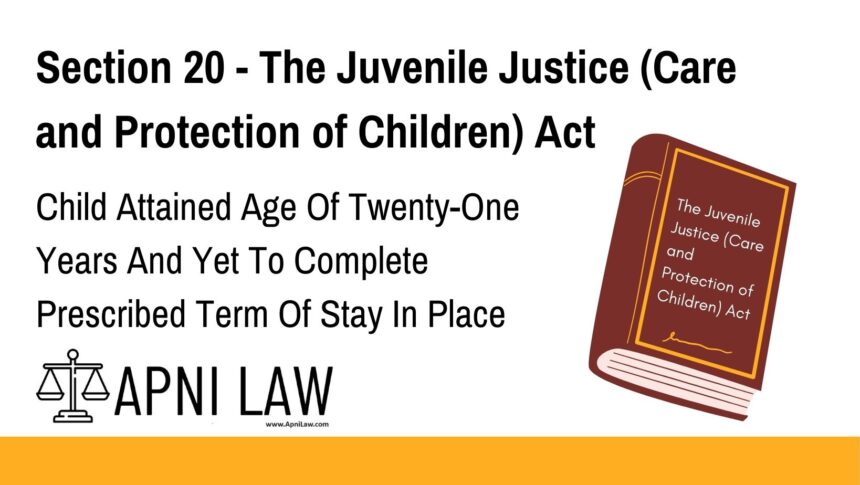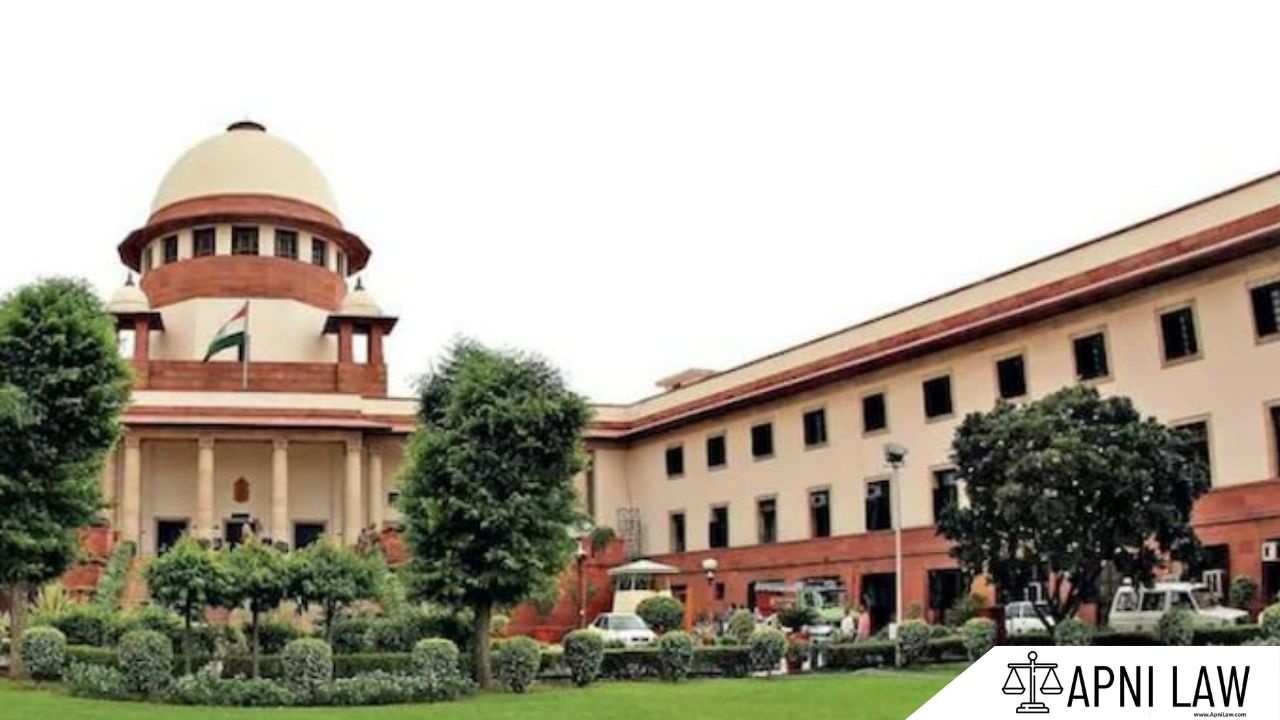Code
(1) When the child in conflict with the law attains the age of twenty-one years and is yet to complete the term of stay, the Children’s Court shall provide for a follow-up by the probation officer or the District Child Protection Unit or a social worker or by itself, as required, to evaluate if such child has undergone reformative changes and if the child can be a contributing member of society. For this purpose, the progress records of the child under sub-section (4) of Section 19, along with the evaluation of relevant experts, are to be taken into consideration.
(2) After the completion of the procedure specified under sub-section (1), the Children’s Court may:
-
(i) Decide to release the child on such conditions as it deems fit, which includes the appointment of a monitoring authority for the remainder of the prescribed term of stay.
-
(ii) Decide that the child shall complete the remainder of his term in a jail.
Provided that each State Government shall maintain a list of monitoring authorities and monitoring procedures as may be prescribed.
Explanation
Section 20 of the Juvenile Justice Act governs the procedure when a child reaches the age of twenty-one years but has not yet completed their term of stay in a place of safety or juvenile institution. The section ensures that children who have undergone rehabilitation are evaluated before any decision is made about their future. Here’s a detailed explanation of the steps outlined:
-
Follow-Up After Attaining 21 Years:
-
When a child in conflict with the law reaches twenty-one years of age but has not yet completed their term in a place of safety or juvenile facility, the Children’s Court will conduct a follow-up evaluation.
-
This evaluation is carried out by a probation officer, the District Child Protection Unit, or a social worker. It assesses if the child has undergone reformative changes and whether they are ready to reintegrate into society.
-
Progress records from Section 19(4), along with expert evaluations, are considered in this process.
-
-
Decisions Post-Evaluation: After evaluating the progress of the child, the Children’s Court may take the following actions:
-
Release on Conditions: If the child is deemed fit for reintegration into society, the court may decide to release the child under specific conditions. These conditions may include the appointment of a monitoring authority to oversee the child’s behavior for the remainder of the prescribed term.
-
Completion of Term in Jail: If the court finds that the child’s behavior has not shown sufficient reform or if other concerns exist, the court may decide that the child must complete their term in a regular jail.
Important: State governments are required to maintain a list of monitoring authorities and the procedures for monitoring the child post-release.
-
lllustration
Example:
-
Ravi was a 16-year-old when he committed an offence and was placed in a place of safety for rehabilitation. At 21, Ravi has shown significant improvement and has completed the majority of his rehabilitation program.
-
The Children’s Court orders a follow-up evaluation, and after considering Ravi’s progress reports and expert opinions, the court decides that Ravi is ready to be reintegrated into society.
-
Decision: The court releases Ravi on conditions that he will be monitored by a probation officer for the remainder of his sentence to ensure his successful reintegration.
Common Questions & Answers
Q1: What happens when a child turns 21 and hasn’t completed their term in a place of safety?
A: The Children’s Court conducts an evaluation to determine whether the child has reformed and is fit for reintegration into society. Depending on the outcome, the child may be released under certain conditions or required to complete the remainder of their term in jail.
Q2: Who evaluates the child’s progress after they turn 21?
A: The evaluation is conducted by a probation officer, District Child Protection Unit, or a social worker, with input from relevant experts.
Q3: What factors are considered when deciding whether to release the child?
A: The court considers the child’s progress records, expert evaluations, and whether the child has undergone reformative changes that indicate they are ready to contribute positively to society.
Q4: Can the child be released before completing the term?
A: Yes, the child may be released if the court is satisfied with the child’s progress. However, this release may come with conditions, including monitoring by a designated authority.
Q5: What happens if the court decides that the child must complete their term in jail?
A: If the court determines that the child is not yet ready for release, the remainder of the child’s term is served in jail, but they will still receive reformative services as prescribed.
Conclusion
Section 20 of the Juvenile Justice Act ensures that the rehabilitation and reintegration of children who are in conflict with the law is managed in a structured and thoughtful manner. It places importance on individual evaluation and progress tracking, making sure that children who have undergone reformative changes are given a chance to reintegrate into society in a supervised manner. This process is not just about punishment but about ensuring that the child has the opportunity to become a contributing and law-abiding member of society.








